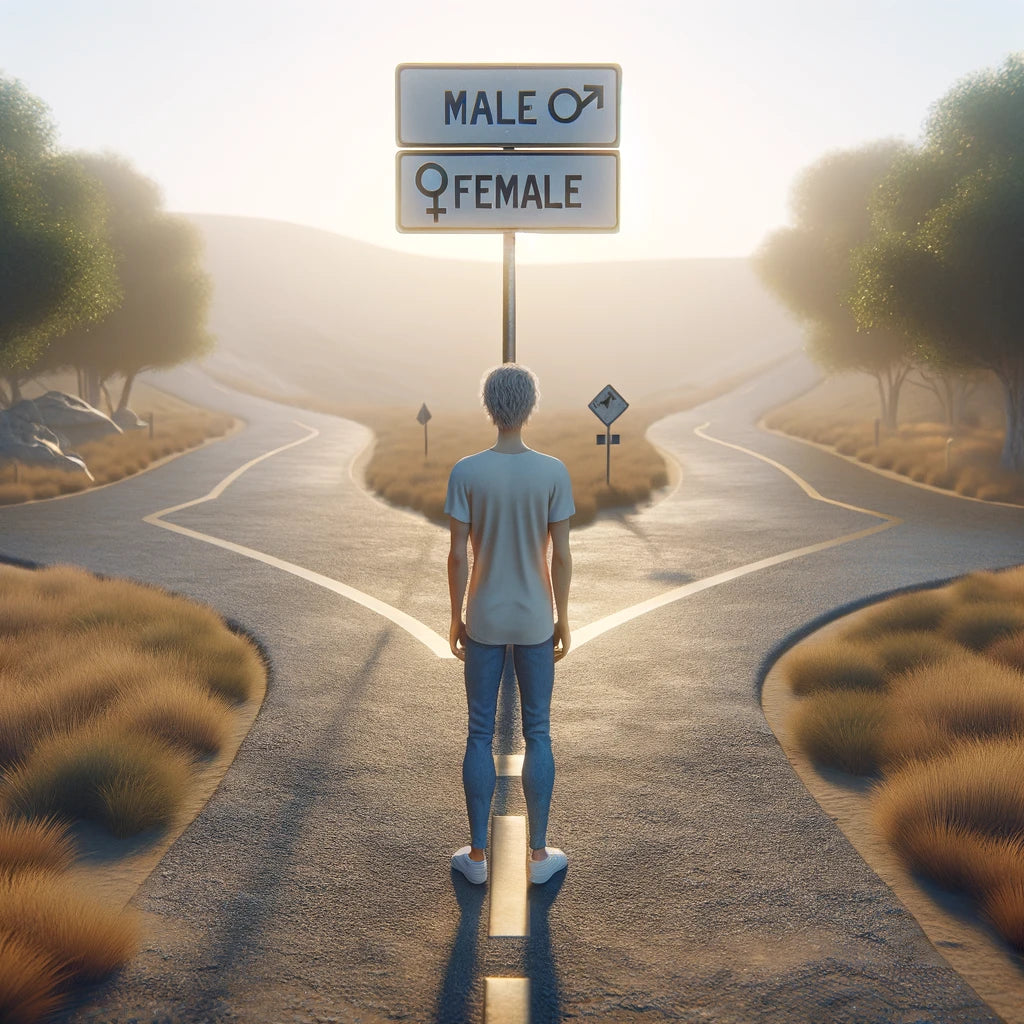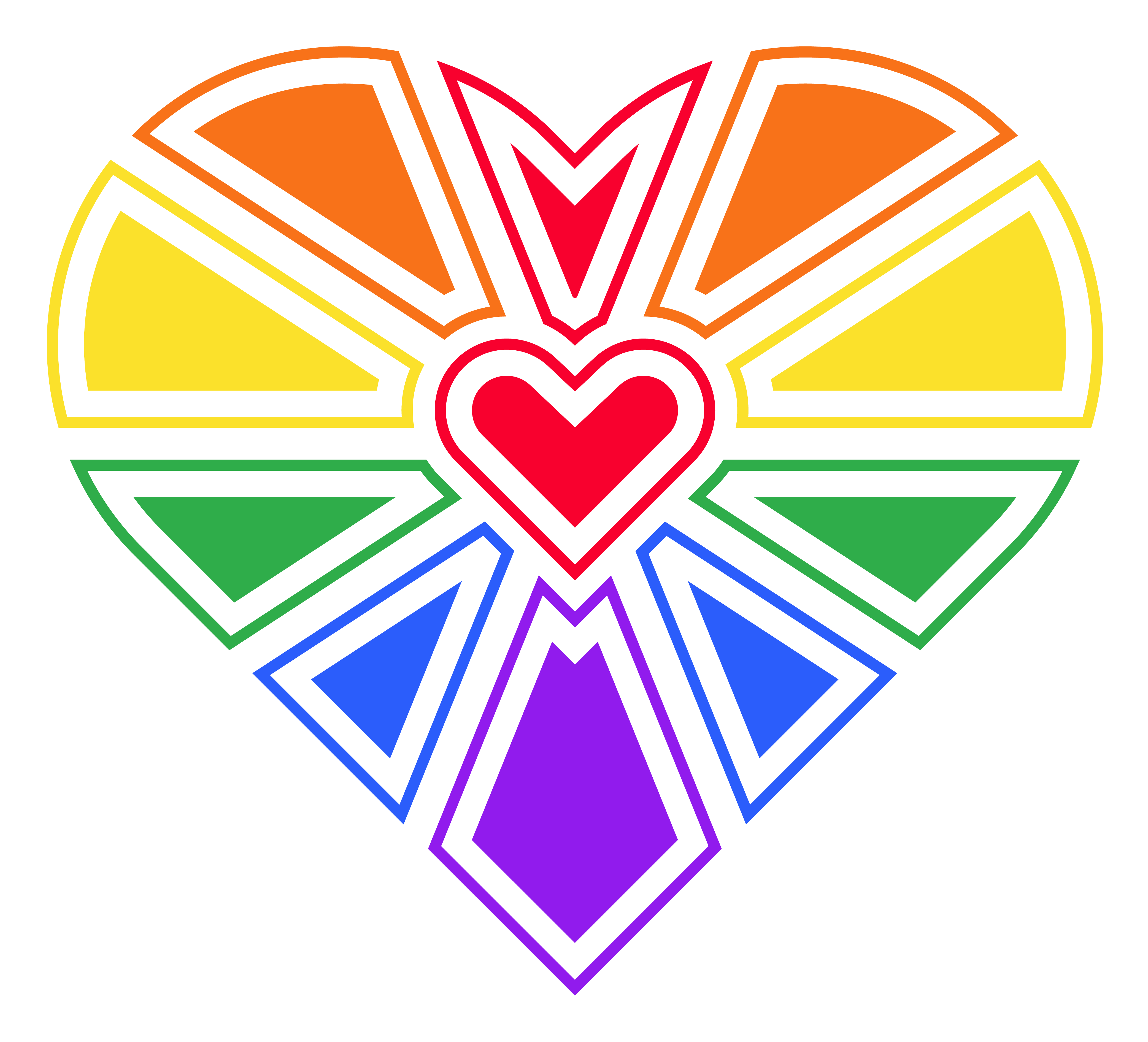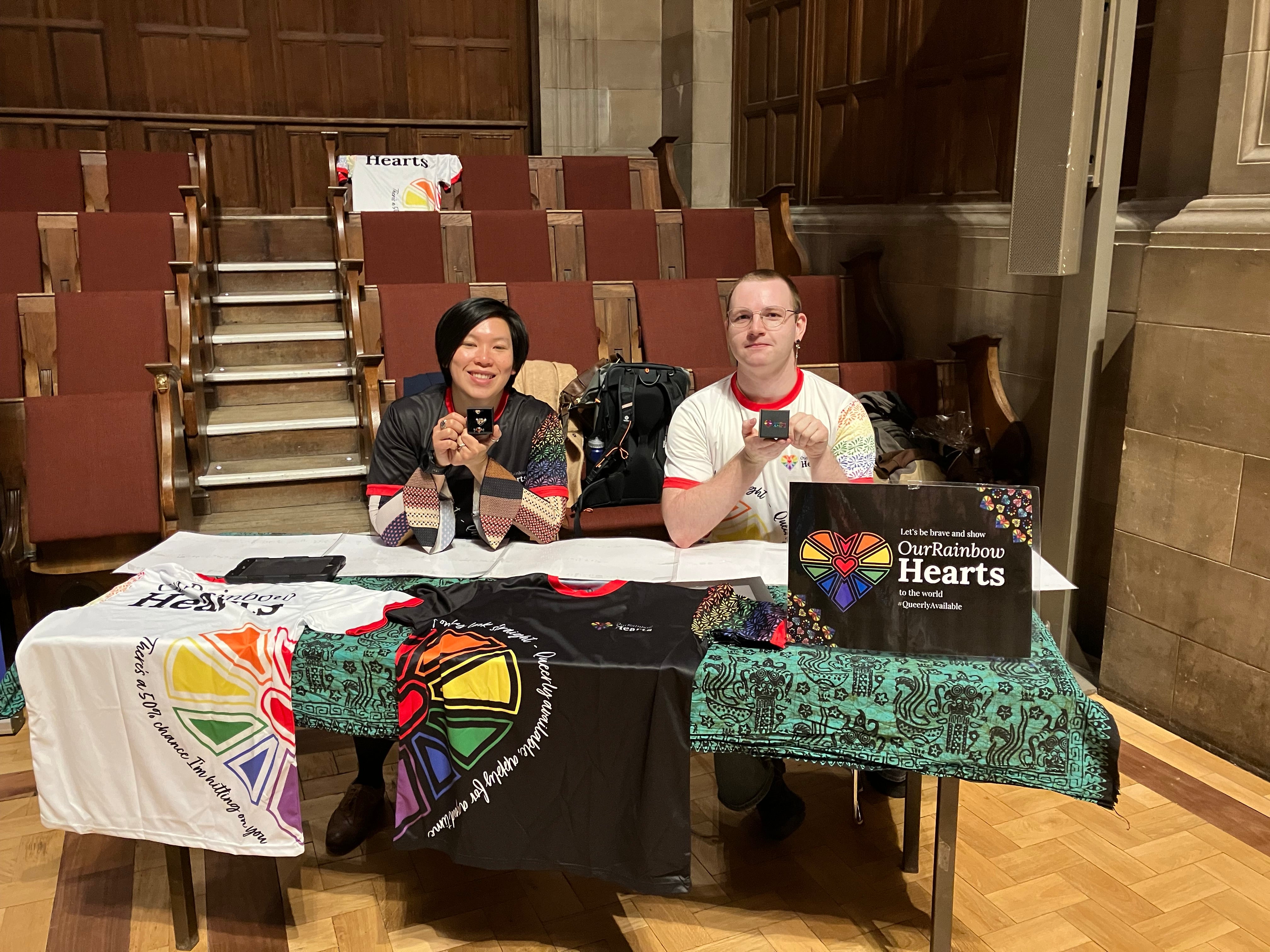
Embracing the Bi-Cycle: Navigating Attraction as a Bisexual Person
Riding bicycles are fun and a great way to get some exercise. But riding the bi-cycle—well, that's a different experience altogether.
The bi-cycle, as the name suggests, is a term used by bisexual individuals to describe the phenomenon of cycling between attractions to different genders. For many bisexual people, this can mean experiencing fluctuating attractions between men and women, sometimes feeling more drawn to one gender over the other at different times.
Understanding the Bi-Cycle
What is the Bi-Cycle? The bi-cycle is a metaphorical concept describing the shifts in attraction that bisexual individuals might experience. These shifts can occur over days, months, or even years, and can be influenced by various factors such as personal experiences, societal influences, or even the dynamics of current relationships.
Why Does the Bi-Cycle Happen? The bi-cycle happens due to the fluid nature of bisexuality. Unlike the rigid attractions seen in monosexual orientations (attracted to only one gender), bisexuality inherently involves a spectrum of attraction. This fluidity can manifest as varying degrees of attraction to different genders over time.
Personal Experiences with the Bi-Cycle
Emotional and Psychological Impact Experiencing the bi-cycle can be confusing and emotionally taxing. Some bisexual individuals may struggle with feelings of guilt or confusion about their changing attractions. It's important to understand that these feelings are valid and part of the natural ebb and flow of bisexuality.
Navigating Relationships The bi-cycle can also impact relationships. Partners may need to understand that a shift in attraction does not diminish the love or commitment in a relationship. Open and honest communication is key to navigating these changes.
Tips for Embracing the Bi-Cycle
1. Acknowledge and Accept Your Feelings It's crucial to acknowledge and accept your feelings without judgment. Understand that it's normal for your attractions to fluctuate and that this doesn't make your feelings any less valid.
2. Communicate Openly If you're in a relationship, communicate openly with your partner about your experiences. Sharing your feelings can foster understanding and strengthen your relationship.
3. Seek Support Connecting with other bisexual individuals who understand the bi-cycle can provide valuable support. Online communities, support groups, and LGBTQ+ organizations can be excellent resources.
4. Educate Yourself and Others Understanding the bi-cycle can help you navigate your experiences more confidently. Additionally, educating your loved ones about the bi-cycle can foster empathy and support.
The Importance of Self-Care
1. Practice Self-Compassion Be kind to yourself as you navigate the bi-cycle. Remember that your feelings are a natural part of your identity and that it's okay to experience changes in your attractions.
2. Engage in Activities You Love Engaging in activities that bring you joy can help you maintain a positive mindset. Whether it's a hobby, exercise, or spending time with friends, make sure to prioritize your well-being.
3. Professional Guidance If the bi-cycle becomes overwhelming, consider seeking guidance from a therapist, preferably one with experience in LGBTQ+ issues. Professional support can provide you with strategies to manage your feelings and navigate your attractions.
Conclusion
The bi-cycle is a unique aspect of bisexuality that can be both challenging and enriching. By understanding and embracing this phenomenon, bisexual individuals can navigate their attractions with greater confidence and clarity. Remember, your experiences are valid, and there is a community of support available to help you along the way.



Leave a comment
This site is protected by hCaptcha and the hCaptcha Privacy Policy and Terms of Service apply.